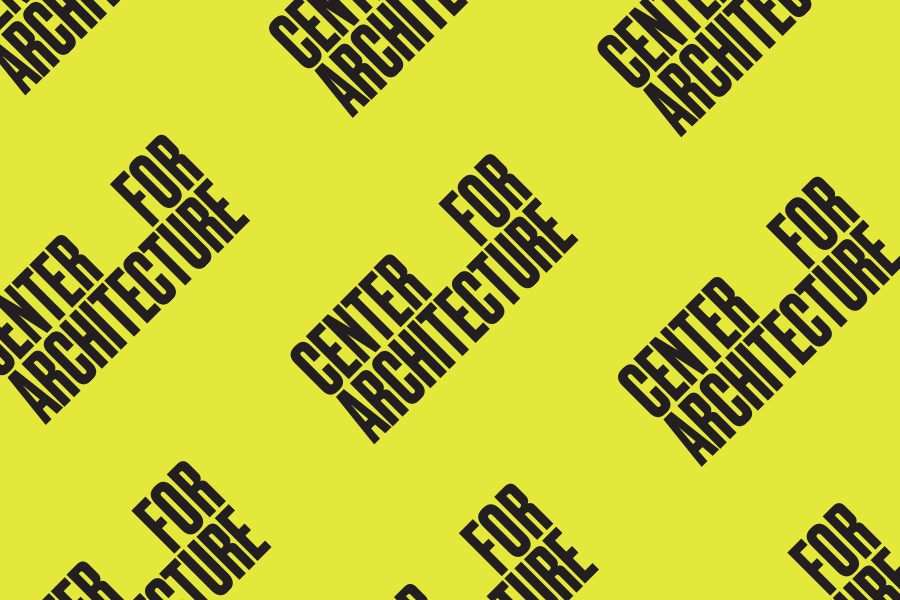Theatrum Mundi, in partnership with the American Institute of Architects New York Chapter, asked architects, designers, activists, artists, and anyone interested in imagining new spaces in the city for free expression to identify public spaces in New York City and propose re-designs that transform them into places that activate the rights enshrined in the First Amendment.
Applicants proposed architectural or performative designs (temporary or permanent) that transform spaces in New York City into places for public “demonstration.” This challenge was about re-imagining and idealizing existing spaces that have the potential to animate the public, especially spaces that are not traditionally considered in this frame.
“New York City has a rich history of creative and political expression,” says Stephen Duncombe, project director and Theatrum Mundi fellow, “but with the privatization of public space, the surveillance of political communications, the commercialization of creative expression, and the virtualization of social gatherings, we want to imagine how we can transform spaces in the city into places for free expression. The Designing for Free Speech challenge offers a forum to do this.”
This brief for the free, open call consisted of three parts:
1. Identification of a public space in New York City that could benefit from more active and interactive social or political engagement.
2. Design plans for a physical transformation of, or performative intervention within, this space.
3. Description of how the proposed plan would be implemented.
A jury selected nine proposals to be exhibited at the Center for Architecture in New York City and be awarded a small sum toward their implementation. The public also selected two additional proposals via an online voting system at http://designingforfreespeech.org/gallery. The jury consisted of Lance Jay Brown, FAIA; Henry N. Cobb, FAIA; Lisa Keller; Richard Sennett; Stephen Duncombe; Gianpaolo Baiocchi; Mary Miss; Mindy Thompson Fullilove; and Ida C. Benedetto.
Theatrum Mundi is a professional network of urbanists and artists in different cities co-directed by Richard Sennett, Saskia Sassen, and Richard Burdett. The collective consists of academics, architects, planners, and performing and visual artists, with the aim to stimulate discussion about practices spanning stage and street. www.theatrum-mundi.org
Theatrum Mundi, in partnership with the American Institute of Architects New York Chapter, asked architects, designers, activists, artists, and anyone interested in imagining new spaces in the city for free expression to identify public spaces in New York City and propose re-designs that transform them into places that activate the rights enshrined in the First Amendment.
Applicants proposed architectural or performative designs (temporary or permanent) that transform spaces in New York City into places for public “demonstration.” This challenge was about re-imagining and idealizing existing spaces that have the potential to animate the public, especially spaces that are not traditionally considered in this frame.
“New York City has a rich history of creative and political expression,” says Stephen Duncombe, project director and Theatrum Mundi fellow, “but with the privatization of public space, the surveillance of political communications, the commercialization of creative expression, and the virtualization of social gatherings, we want to imagine how we can transform spaces in the city into places for free expression. The Designing for Free Speech challenge offers a forum to do this.”
This brief for the free, open call consisted of three parts:
1. Identification of a public space in New York City that could benefit from more active and interactive social or political engagement.
2. Design plans for a physical transformation of, or performative intervention within, this space.
3. Description of how the proposed plan would be implemented.
A jury selected nine proposals to be exhibited at the Center for Architecture in New York City and be awarded a small sum toward their implementation. The public also selected two additional proposals via an online voting system at http://designingforfreespeech.org/gallery. The jury consisted of Lance Jay Brown, FAIA; Henry N. Cobb, FAIA; Lisa Keller; Richard Sennett; Stephen Duncombe; Gianpaolo Baiocchi; Mary Miss; Mindy Thompson Fullilove; and Ida C. Benedetto.
Theatrum Mundi is a professional network of urbanists and artists in different cities co-directed by Richard Sennett, Saskia Sassen, and Richard Burdett. The collective consists of academics, architects, planners, and performing and visual artists, with the aim to stimulate discussion about practices spanning stage and street. www.theatrum-mundi.org
